A Dominican and a Jesuit were chain smokers. Both were eager to be allowed to smoke while performing their devotions, but needed to gain permission from a higher authority. ‘I tried asking the Prior, but he was dead against it,’ said the Dominican.
‘What did you ask, precisely?’ enquired the Jesuit.
‘Well, I asked him whether it was acceptable to smoke while I was praying.’
‘Wrong question,’ replied the Jesuit. ‘I asked my Abbot whether I could pray while I was smoking. Permission granted.’
This is called a framing effect and is one of the best attested findings in the psychological sciences. Quite simply it reveals that the way information is presented has a potent and ineluctable effect on how we respond to it.
The fact that we react differently to information according to context is perhaps an evolutionary necessity: our emotional response to the rearward sound of approaching footsteps needs to be heightened in a dark alley compared with a crowded street in daytime. If we did not calibrate our anxiety levels in this way, we would either be vulnerable to attack or else look damned silly walking down Oxford Street constantly peering nervously over our shoulders.
Moreover, if you read the work of Andy Clark, professor of cognitive philosophy at the University of Sussex and author of The Experience Machine (in my opinion one of the most important books yet published this century), this perceptual feature is inescapable if our brains are to process information efficiently. In his book, Clark both revives and expands an earlier theory of Hermann von Helmholtz, which asserted that what we really perceive is very largely an internal projection of what we expect to see, with our sensory apparatus dedicated only to updating those elements which deviate from our self-generated expectation.
In effect, your brain uses a similar approach to processing data as your television: it does not need to describe every pixel in every frame, but instead saves on bandwidth by using far less data to describe how that pixel differs, if at all, from an expected value. So evolution and Samsung have arrived at the same elegant solution to data architecture, albeit through different means.
One reason this book is so important is that it has both explanatory power and immense potential for useful application. It explains why stage magic works, along with many optical illusions. It explains why autistic people find clothing labels annoying. It helps explain political polarisation. It essentially says that it is impossible for us to perceive anything without bringing a part of ourselves to bear on what we see and feel. This may help philosophers understand the origins of consciousness, while helping shallow materialists like me understand why my car seems to drive better after it has been cleaned. Presumably we associate cleaner, shinier cars with a better driving experience, and so the expectation becomes our new reality.
The theory also offers a key to solving seemingly intractable problems, from treatments for anxiety and depression to conflict in the Middle East to making healthier food choices (don’t put ‘low in fat’ on the packaging – it makes the contents taste worse).
‘Packaging’ is perhaps a useful analogy to draw on here. Seen conventionally, the packaging of a product exists simply for protective or display purposes. Once removed, it performs no further role. But if Helmholtz and Clark are right, packaging determines what we expect from the contents and thereby alters our experience of the product even after its wrapping has been discarded.
What this means is that, when experimenting with anything involving human perception and behaviour, it is not enough to test things and average out the findings – you have to test different things packaged in different ways and to different people. I worry a lot that telemedicine may end up framed as the cheap alternative to a face-to-face consultation. (One solution is to offer people a choice and let innate laziness do the rest.)
This framing effect not only applies to products themselves, but also to how you charge for them.
To economists, price is a number. To everyone else, price is a feeling. Things are only expensive or cheap by contrast with some preconceived expectation. One large British retailer shrewdly reacted to the financial crisis not by dropping their prices across the board (after a shopping trip most people can’t remember what they paid for anything), but by quietly removing from sale anything likely to arouse the reaction ‘Now you’re just taking the piss.’
And we care not only about what we pay but how we pay. Many people on pay-as-you-go mobile phone tariffs would pay less if they took out a subscription, but they dislike the commitment entailed. This is not down to a simple price-value trade-off – it is down to emotional disposition. This finding matters because the failure to offer any payment option other than annual subscriptions is largely responsible for killing the newspaper industry. Dominic Young of content micropayment company Axate tells me that there is no case worldwide of any tabloid newspaper making a success of the subscription model. People do not want to commit to buying the Sun in advance any more than they want to pay for crisps, chocolate bars or cigarettes that way. It is an impulsive indulgence.
Very few people in business pay any attention to the psychology of price; worse still, they often leave the decision to bean-counters who nerdily price things on cost, not on willingness to pay. One exception is the US consumer products giant Procter & Gamble, which employs a head of commercial innovation. They define ‘commercial innovation’ as any new offer that improves the perceived value a consumer enjoys without changing the product itself. Experimentation with commercial innovation could help rescue the railways: it is nuts that you cannot buy an off-peak season ticket, for instance. This is particularly silly when you realise that pricing innovation – pricing journeys according to demand – lay behind a large part of the pre-pandemic growth in rail travel and was entirely responsible for the rise of low-cost airlines. Ideas such as Amazon Prime and the Starbucks prepayment app (on which there is more than $1 billion stored at any one time) have been decisive in those companies’ success.
Where you are starting to see more innovation in pricing is in bars and pubs, which are starting to add a 10 per cent surcharge at busier times. Thanks to Uber, this is widely called ‘surge pricing’. What is interesting is that people hate it. What is also interesting is that no one ever complained about Happy Hour. Again, it all comes down to framing. Some American sports stadia have taken this approach to a new extreme – they raise the prices for drinks and merchandise when the home team is doing well. Coffee chains charge more at motorway service stations (which is why you should always redeem your free drink from the loyalty programme there, not on the high street).
Is this all a good idea? Well, it’s certainly good business, provided you can get customers to accept it. Before low-cost airlines established the convention, people were often outraged to discover the person sitting next to them on the plane had paid less for their ticket. But the low-cost airlines established a transparent principle – broadly speaking, the earlier you book the less you pay – which people accepted as largely fair. Oddly, earlier low-cost airlines, such as Laker Airways, had attempted the reverse model, dropping prices as the date of departure came closer. This is the complete opposite of Ryanair’s notorious ‘hockey stick’ price hike which typically happens 48 hours before departure – and is based on the assumption that if you are booking a flight at the last minute, ‘it’s either for a business meeting or a funeral’ – i.e. something you have no choice but to attend.
And this is where the practice becomes more debatable. St Thomas Aquinas wrote extensively about ‘the just price’. John Locke in his fascinating 1695 essay ‘Venditio’ suggested that it was only fair to charge a premium if you were not exploiting the desperation or lack of options of a buyer. Uber learned this lesson more than 300 years later when it raised its prices by 400 per cent during a terrorist attack in Sydney and was then widely excoriated for exploiting the misfortune of others. Shrewdly, Walmart does not raise the prices of window boarding and nails when there is a hurricane; instead, it maintains a kind of meteorological disaster centre which ensures boarding or snow shovels are despatched in huge quantities to disaster areas to be sold at the normal price.
And again, it all comes down to how you frame things. In one way, this differential pricing is good for business, as it matches supply and demand. It is also a form of voluntary wealth redistribution, in that retired and young people, who can afford to be flexible, can pay less for the same services by choosing to consume them at times of low demand. However, looked at another way, it is yet another financial assault on hard-working families who have to go on holiday in August, and can only book an Airbnb at half-term.
We should try some further innovation to reverse this. Perhaps retired people should face a 50 per cent surcharge for shopping at the weekend. You’ve had the whole bloody week, dearie! Why are you clogging up the checkout now?
Got something to add? Join the discussion and comment below.
Get 10 issues for just $10
Subscribe to The Spectator Australia today for the next 10 magazine issues, plus full online access, for just $10.
You might disagree with half of it, but you’ll enjoy reading all of it. Try your first month for free, then just $2 a week for the remainder of your first year.


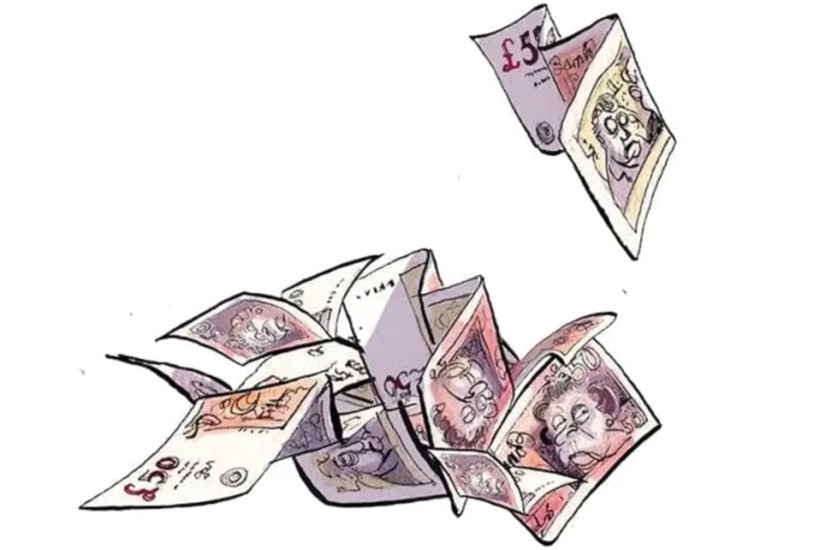

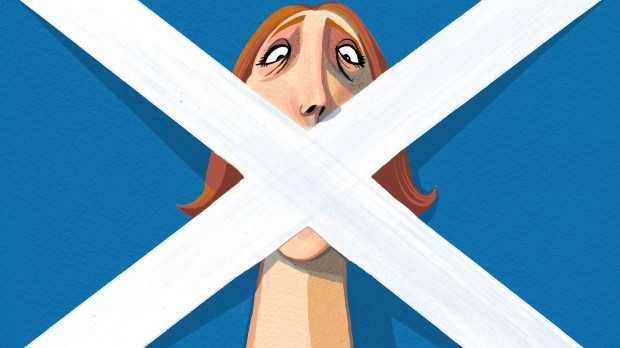
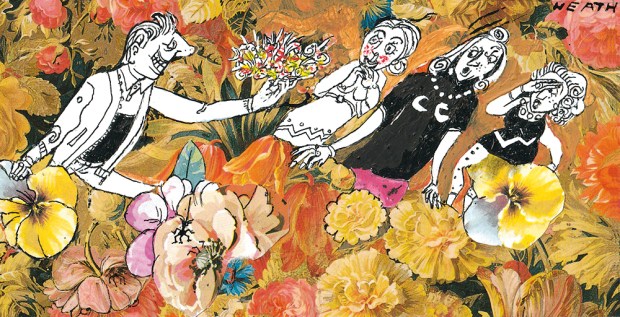



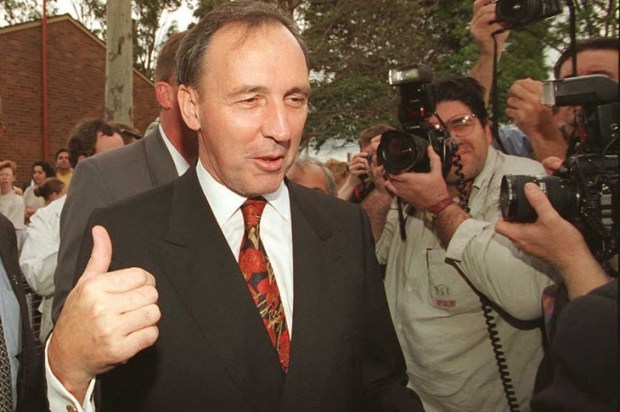

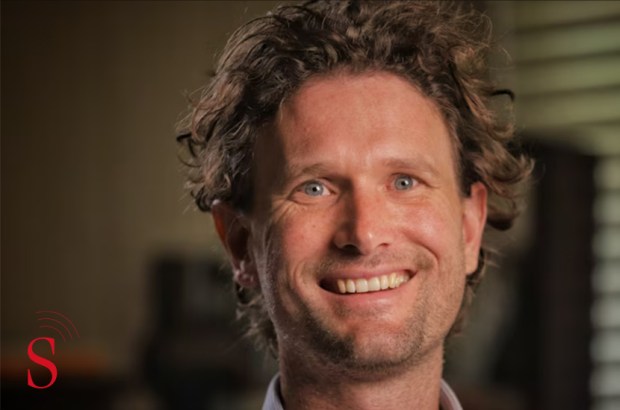
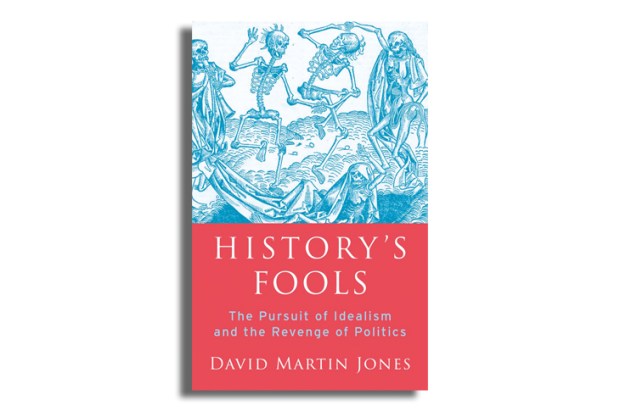


Comments
Don't miss out
Join the conversation with other Spectator Australia readers. Subscribe to leave a comment.
SUBSCRIBEAlready a subscriber? Log in